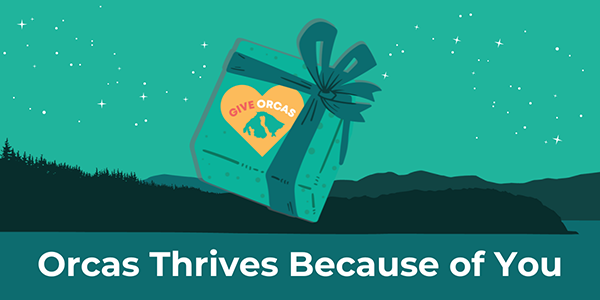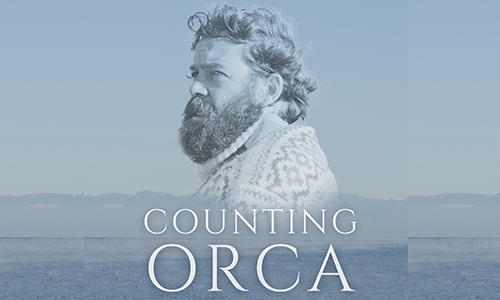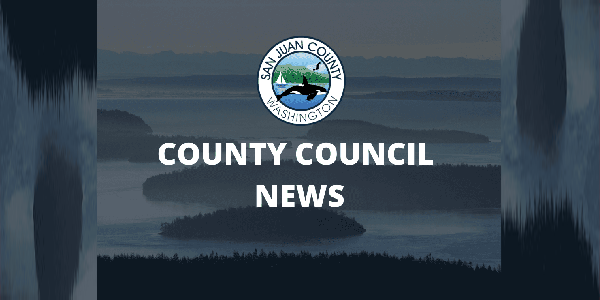— Orcasional Musings by Steve Henigson —

Back in Orcas Island’s early days, if you wanted to get from one island hamlet to another, or even from one farm to another, you had to use a boat. Row, sail, or steam, a boat was the only way to get around.
Ferries from the mainland delivered people from Bellingham to Terrill’s Beach, Olga, and Doe Bay, and from Anacortes to Eastsound, Newhall’s sawmill, and, later, to Orcas Landing. To get to anywhere else on Orcas Island, you had to find your own boat.
The desires of settlers, vacationers, and Mr. Robert Moran, a vastly successful ship builder who had built his dream home at Newhall and renamed it Rosario, brought the first road connections to Orcas. And the first of them was a rough wagon road to the top of Mount Constitution, with connections to Rosario and Olga.
In about 1910, Mr. Moran had had an impulse to connect Rosario to Doe Bay to the east, and to Deer Harbor to the west. By 1913, his impulse was strengthened by the consolidation of the island’s schools. The children needed an easier way to get to and from the centralized schools than a long session in a rowboat, so he began building his road. He called it his “Wild and Scenic Highway.”
Moran’s original plan needed some modification. His new road was to reach the nearby hamlet of Olga by extending the already-existing wagon road that reached the top of Mount Constitution. Bless his heart, I’m glad that somebody talked him out of it. Can you imagine driving that entire up-and-down in a 1914 Model T? Many of that day’s automobiles had mechanically actuated brakes only on their rear wheels, which was bad enough on a steep and primitive mountain road, but the Model T’s main braking system was a wimpy sort of friction band clutch stuck onto the rear end of its transmission.
Going up may have involved slight horsepower-related difficulties, but coming back down into Olga would’ve been quite an adventure. If that weak clutch-band brake were to have given out, the car would’ve generated enough momentum to take it all the way to Anacortes, assuming that it could float.
An early photograph of the much less exciting road that was built from Olga to Mount Constitution shows a serious washout where the Olga water tank now stands. Stuck in the background, unable to get through, is an early Model T Ford. This dates the picture to some time between 1909 and 1914.
Wild and scenic roller-coasters aside, Mr. Moran was the very generous benefactor that the entire island needed. One of the first important projects that he funded was a road from Eastsound, all the way to what was becoming the main ferry terminal at Orcas Landing. He even paid to have it paved.
By 1928, Moran’s roads connected Orcas Landing with West Sound and Deer Harbor, and with Eastsound, Moran State Park, Olga, and Doe Bay. Most weren’t paved, and when it rained the mud made travel messy, but they were better than rowboats.
When Mr. Moran looked at a map of Orcas to admire his philanthropic handiwork, he saw his “Wild and Scenic Highway” looping up, over, and down, all the way around the East Sound. When other people looked at the same map, they saw a U-shaped road, the general configuration of which reminded them of what was still a ubiquitous contemporary artifact. It looked like a giant horseshoe, so people started calling it “Horseshoe Highway.”
Today, most of it is signposted as Orcas Road, Main Street, and Olga Road, but lots of Orcasians still call it Horseshoe Highway.
**If you are reading theOrcasonian for free, thank your fellow islanders. If you would like to support theOrcasonian CLICK HERE to set your modestly-priced, voluntary subscription. Otherwise, no worries; we’re happy to share with you.**








You’re writing gives me great pleasure, Steve!